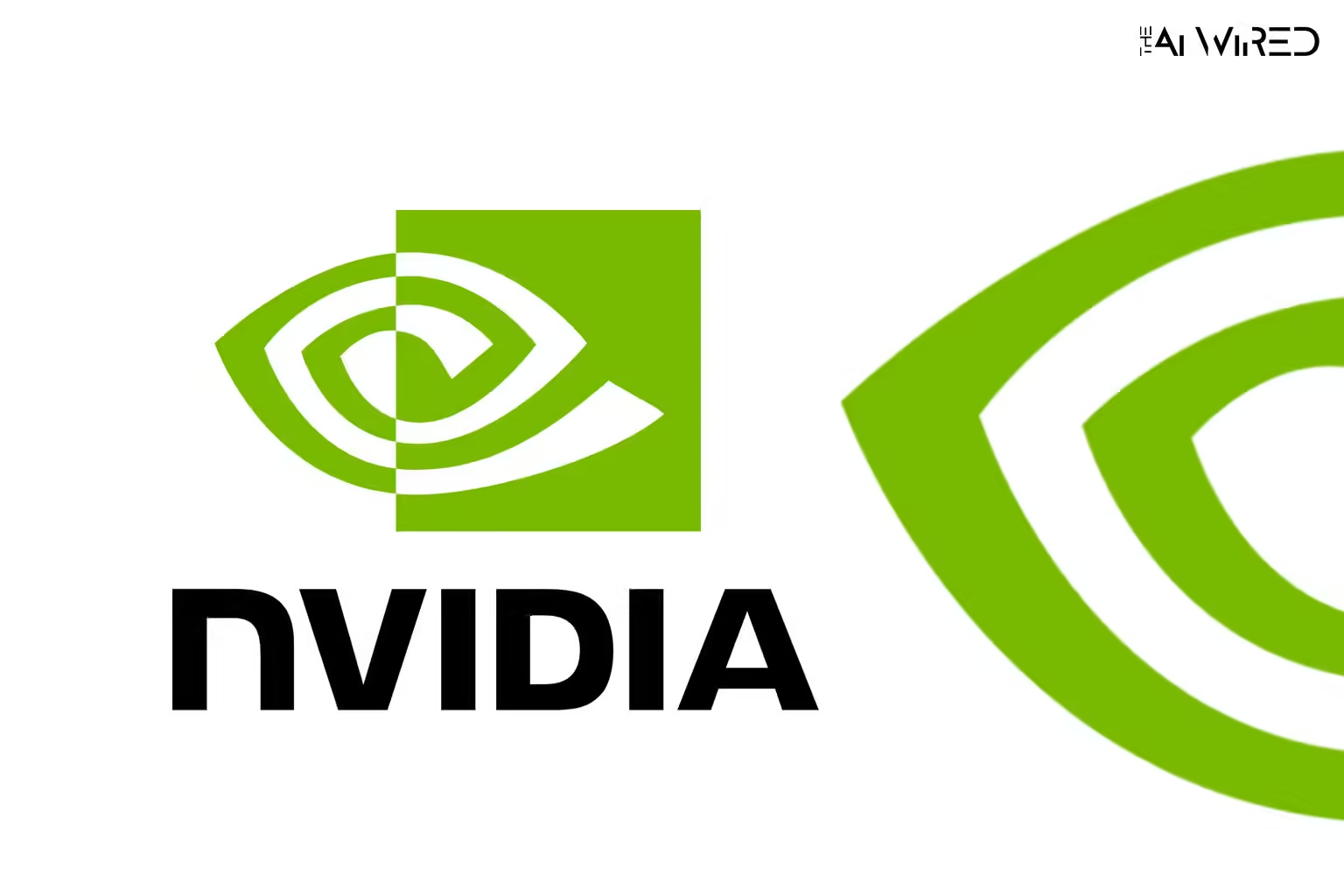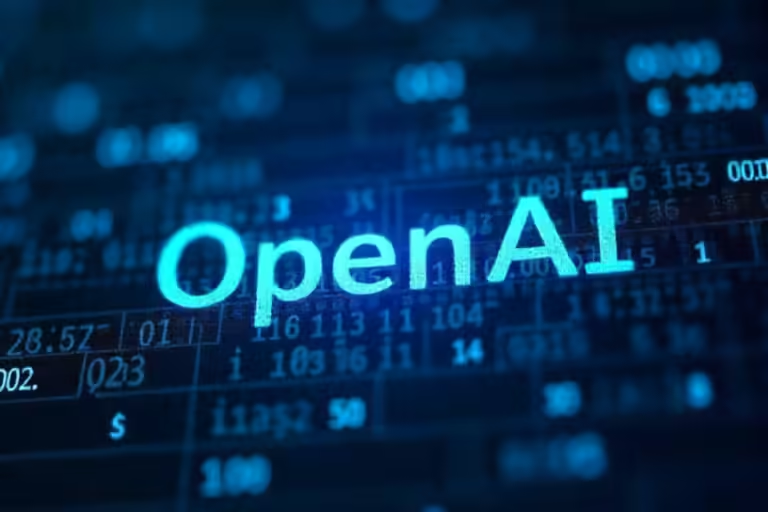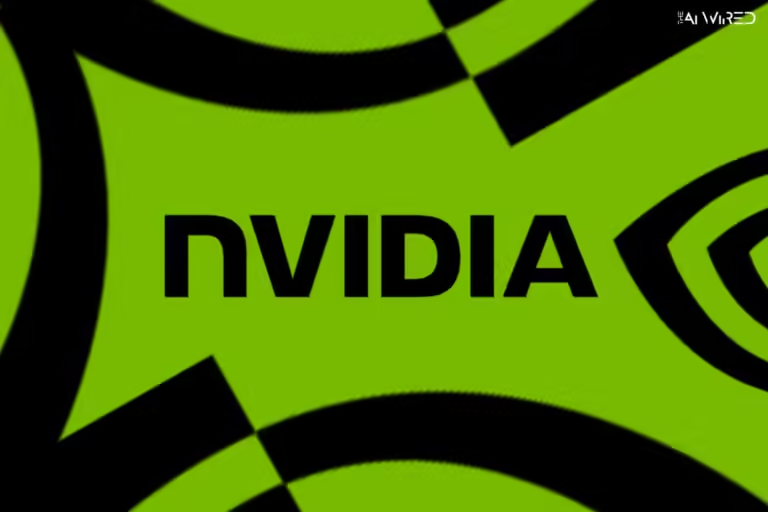
NVIDIA and SoftBank Team Up to Drive Japan’s AI and Telecom Future with Advanced AI-RAN Solutions
NVIDIA AI Aerial lets SoftBank start the first live 5G AI-RAN in the world, which will bring in more than $3 billion for the company.
NVIDIA and SoftBank Corp. will cooperate in an exciting new partnership that will leverage AI supercomputing and telecom technology to place Japan at the forefront of AI. This development is a milestone for Japan in propagating the use of AI and 5G. This partnership was declared at the recent NVIDIA AI Summit in Japan, however, it indicates the start of a new age of shift in telecommunication and vast revenue streams for AI-integrated networks and applications.
Jensen Huang, founder and CEO of NVIDIA, told the gathering that SoftBank wants to use the NVIDIA Blackwell platform to build Japan’s most powerful AI supercomputer. The new NVIDIA DGX SuperPOD from SoftBank, which will have the NVIDIA Blackwell and Grace Blackwell platforms, will help develop generative AI and large language models (LLMs). With the help of NVIDIA AI Enterprise software, this supercomputing infrastructure will help businesses, universities, and industries all over Japan study and come up with new ideas.
“Japan is launching itself into the AI industrial revolution, using SoftBank’s large investment in NVIDIA’s AI and 5G platforms to boost growth in fields like healthcare, robotics, and telecommunications,” Huang said.
AI-RAN: Merging AI and 5G for Telecom Transformation
SoftBank has recently used the NVIDIA AI Aerial platform to develop AI-RAN known as the world’s first artificial intelligence radio access network. This is really a very big leap in technology. This kind of AI-RAN network integrates some features of 5G with the tasks of A.I., which means that telecom operators can transform basic networks into A.I. PROFITABLE resources. SoftBank proved with the AI-RAN that the telecommunications infrastructure that is used one-third of the time and mostly remains idle can now generate profit by executing AI inference tasks on such spare resources.
The test in Kanagawa showed carrier-grade 5G performance while allowing AI inference workloads at the same time, which is a big deal for telecom operators. With this new technology, telecom companies could make up to five times as much money from each dollar they spend on AI infrastructure. This would be a huge economic change for the industry.
SoftBank’s AITRAS: Pioneering 5G Network Reinvention with AI
SoftBank has also developed AITRAS, the next-gen AI solution that they developed in collaboration with NVIDIA. It alters the operation of 5G networks to help them support both AI and RAN functions. AITRAS is going to generate AI services that are fast, low latency, and localized, and to operate the change in the computing resources in accordance with the actual requirement. This new method, which works best on NVIDIA’s AI platform, could reduce energy consumption by 40% as compared to normal 5G architecture.
Vice President of SoftBank’s Research Institute of Advanced Technology, Ryuji Wakikawa, said, “Our goal with AITRAS is to change telecom by giving it secure and scalable AI capabilities.” “The new infrastructure has the potential to completely change the way telecommunications businesses work.”
Toward a Global AI Future
NVIDIA and SoftBank will make Japan the global pioneer of AI-based messaging services with this high-risk venture. This partnership not only supports Japan’s plan for intelligent AI automobiles but also intends to set new benchmarks for technological endeavors worldwide via those projects.
When the testing phase of both AI-RAN and SoftBank’s supercomputing projects are over, Japan will be in a fabulous position to become a world leader in integrating AI with 5G – a prospect that will unlock immense business opportunities and establish a new benchmark for telecoms innovation across the globe.


